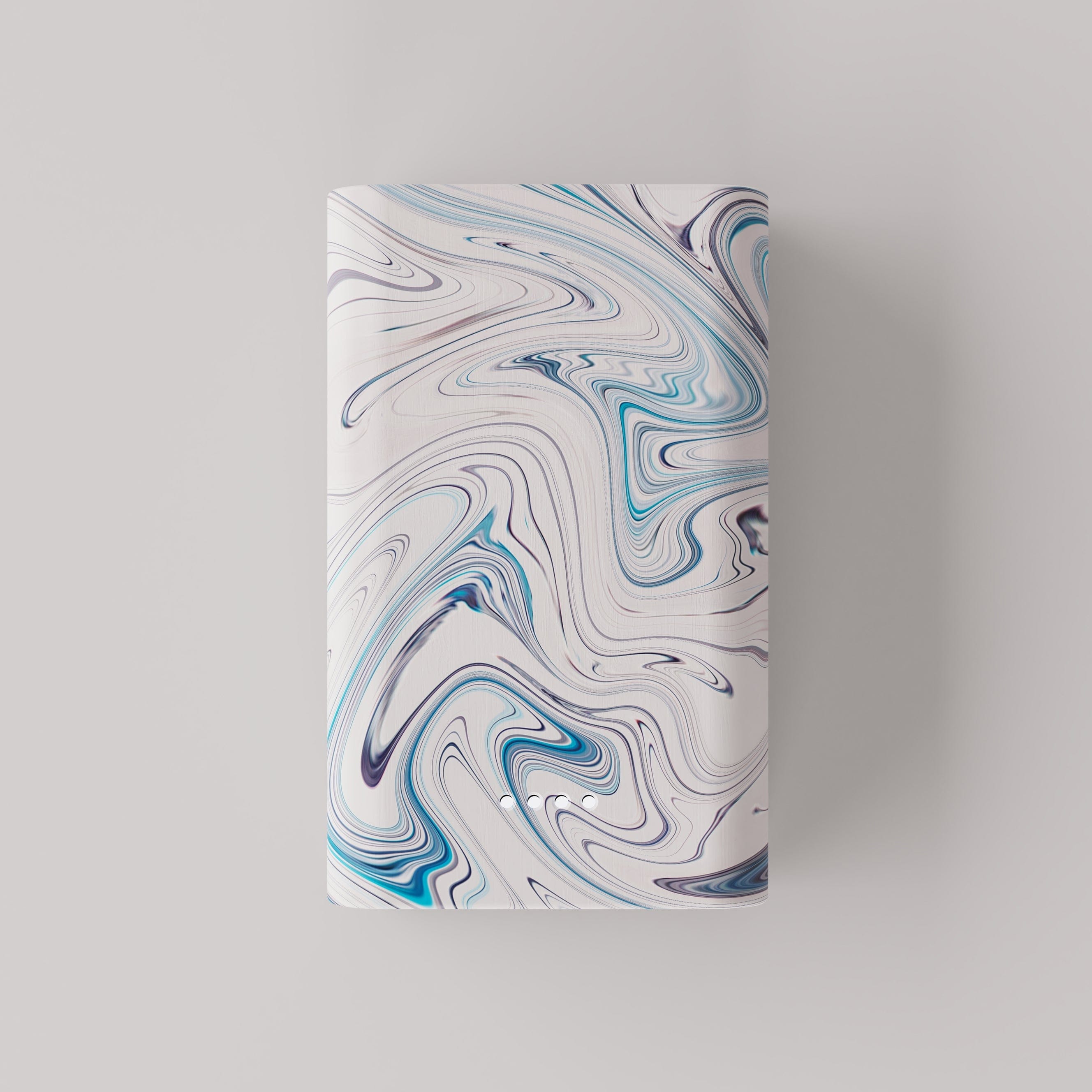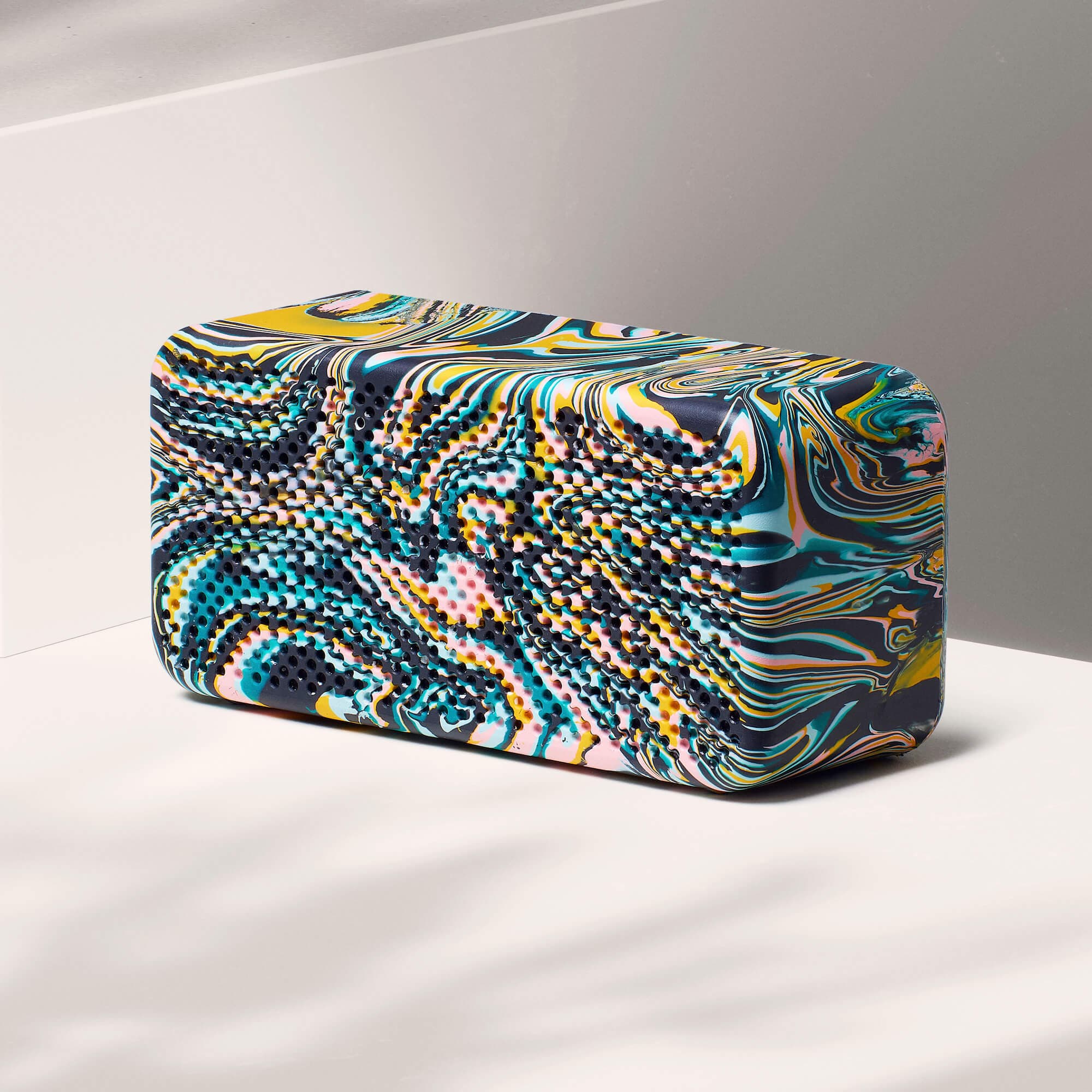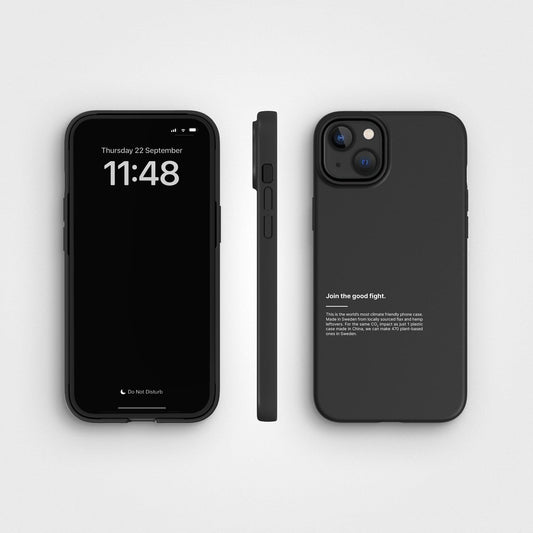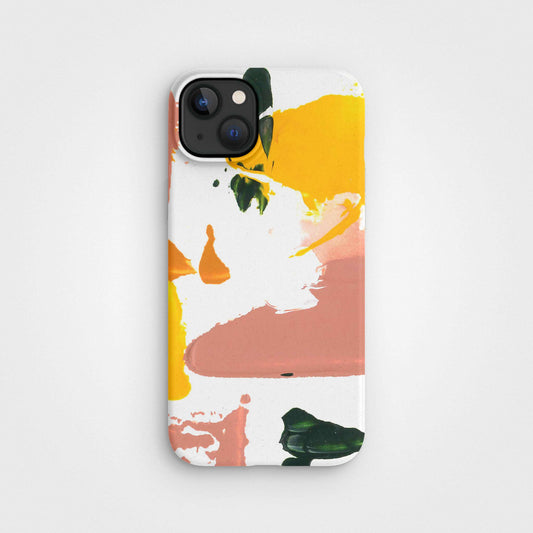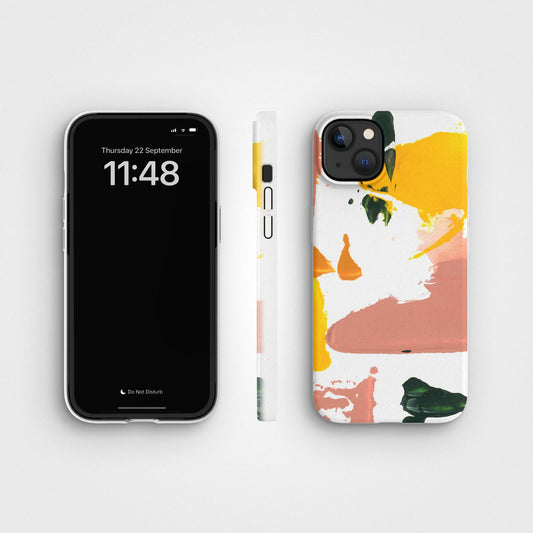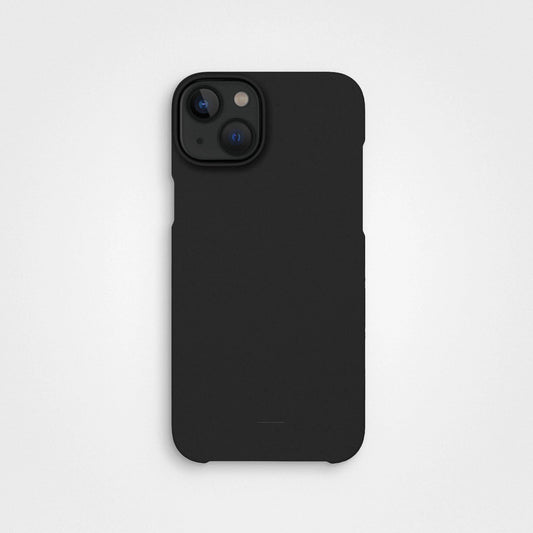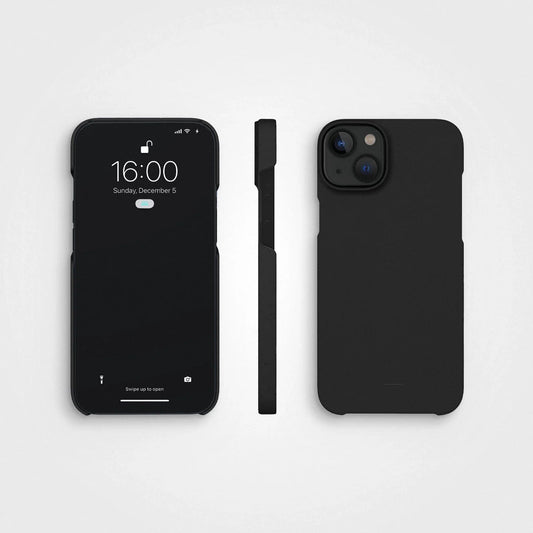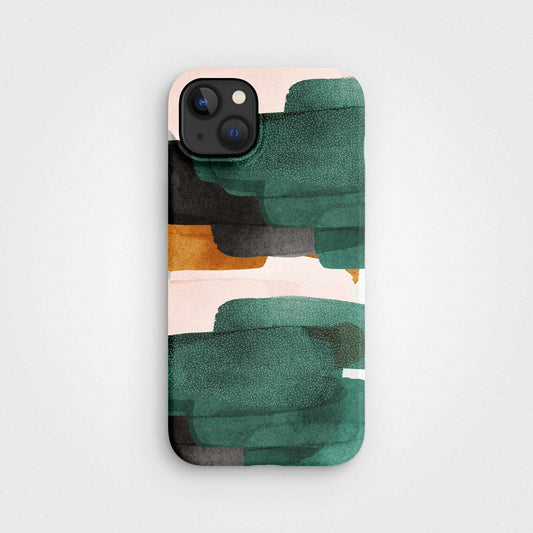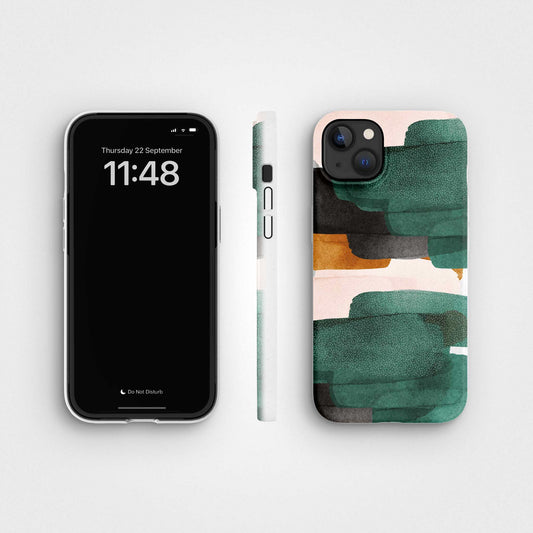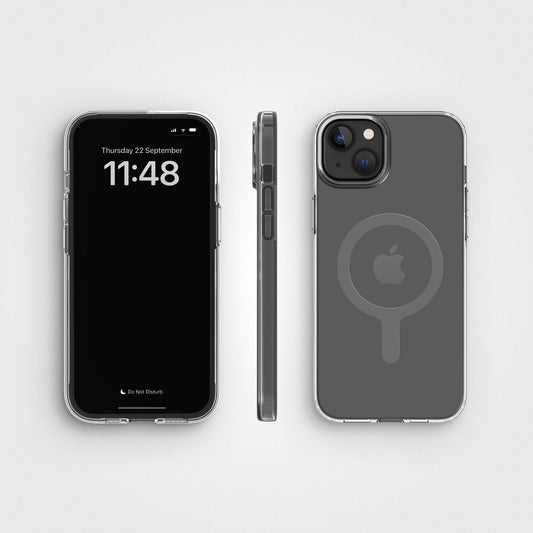In today’s world, more and more people are waking up to the impact their choices have on the environment. From the food we eat to the clothes we wear, every decision we make can either harm or help the planet. One concept that has gained attention recently is circularity - a simple idea that can help us all reduce waste and live more sustainably. But what exactly is circularity, and how can your choices as a consumer make a difference?
Quick links
-
What is circularity?
-
How consumer choices drive circularity?
-
How does circularity impact us all?
-
Why is the linear economy still common?
-
What can you do today to support circularity?
What is circularity?
In a nutshell, circularity is about keeping materials in use for as long as possible, then reusing and recycling them rather than throwing them away. Think of it as a continuous loop where products and materials don’t end up in a landfill but are instead repurposed, remade, or recycled into something new. It’s the opposite of our traditional “take-make-waste” system, where products are used and then discarded.
A great example of circularity in action is how some companies make products from recycled materials. Instead of creating something new from raw materials, we’re giving old materials new life. This not only cuts down on waste but also conserves the resources needed to create new products from scratch.
How consumer choices drive circularity?
As a consumer, you have more power than you might realise. Every time you purchase a product, you are essentially voting for the kind of world you want to live in. Choosing products that are part of a circular system, such as those made from recycled or renewable materials, sends a clear message that sustainability matters.
Let’s break down a few simple ways your choices can support circularity.
Choose brands with circular practices
Look for brands that are transparent about their circular practices. Some companies are part of a larger movement where customers can return used products, which are then recycled or reused in new manufacturing. Supporting these businesses encourages more companies to adopt circular systems.
For example, with our agood loop™, we’ve created a circular system where customers can return their old phone cases, whether it's our plant-based phone cases or clear cases made from recycled glass and candy boxes, which are then recycled, reground, and reused in future production. This ensures that nothing goes to waste and materials are continuously kept in the loop. As a thank you for being part of the agood family and supporting our circular practices, customers receive a discount on their next purchase. It's our way of rewarding those who choose to make a positive impact and help us close the loop.
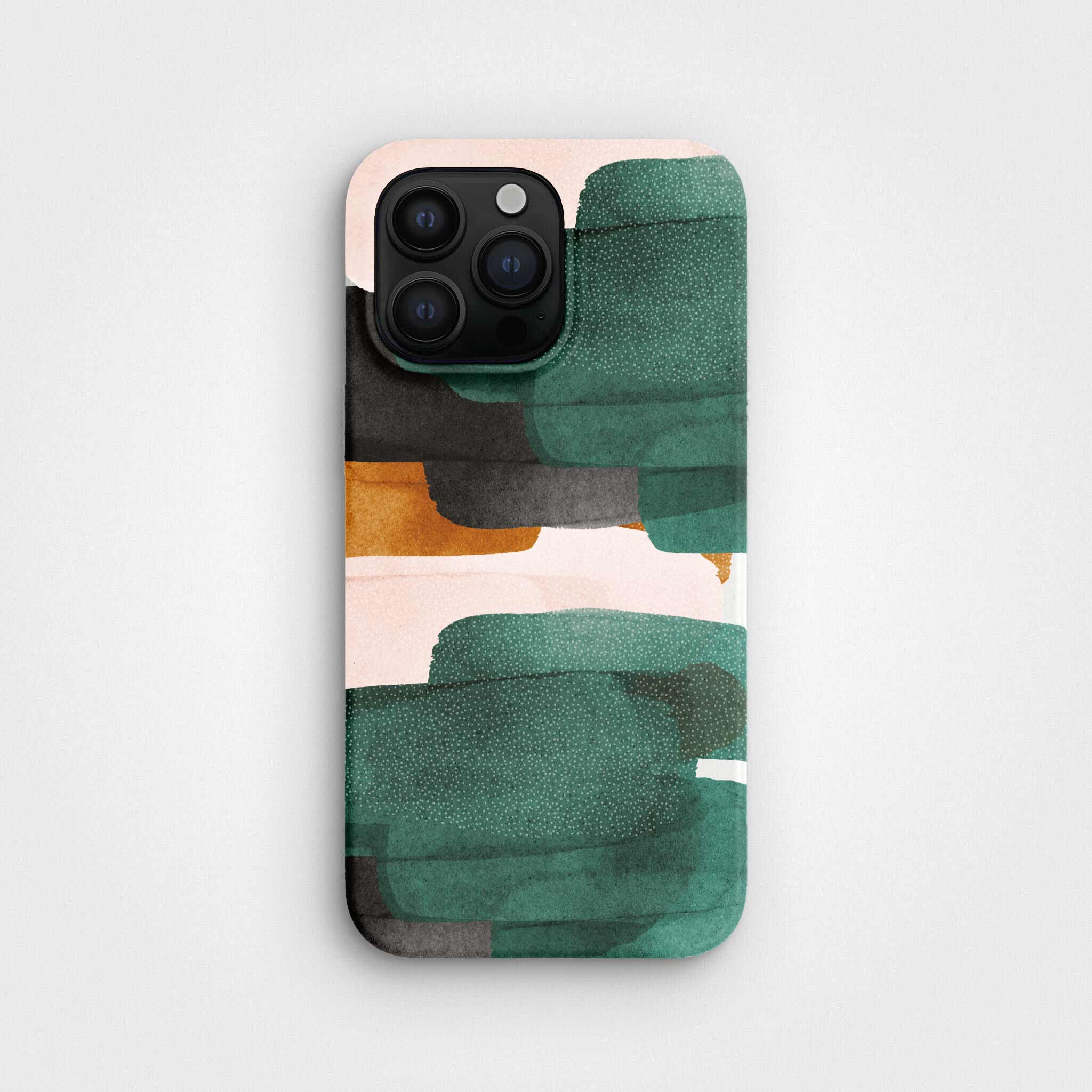
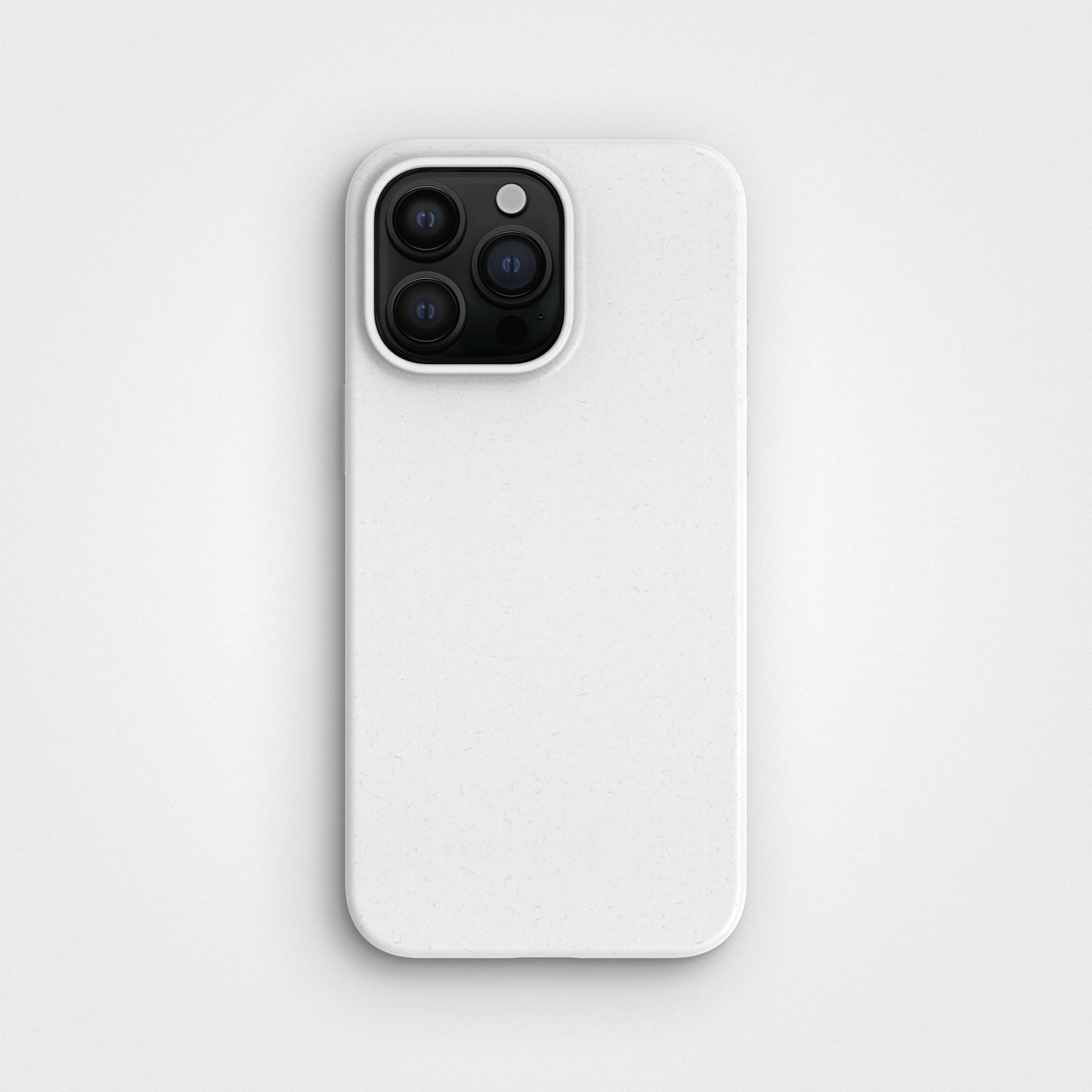
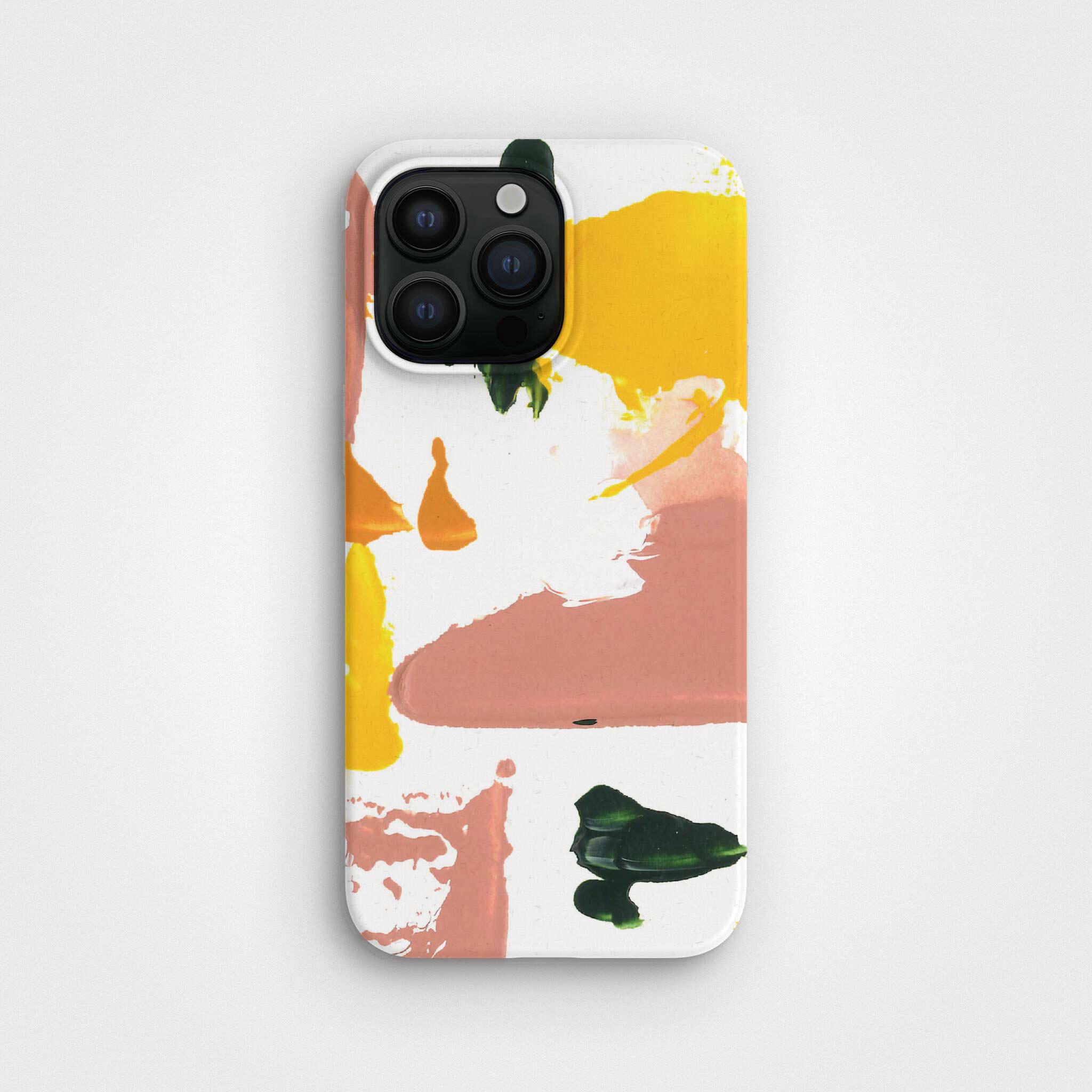
Reuse and repair
Instead of always buying new, consider reusing what you already have. Whether it is repairing a torn jacket, reusing a water bottle, or opting for a refurbished phone, these choices reduce demand for new resources and keep products in use longer. Our reusable thermal bottles are a great way to cut down on single-use alternatives while keeping your drinks at the perfect temperature. Plus, with repair services becoming more accessible, it's easier than ever to extend the life of your favourite items.
Buy recycled products
Products made from recycled materials are an easy way to support circularity. These items take materials that would otherwise be discarded and turn them into something useful. Gomi does just that with their power banks and Bluetooth speakers made from recycled plastic and old e-bike batteries and backs them with a 2-year warranty. If a product malfunctions, they will repair or replace it during this period. Even after the warranty, they offer affordable repair services to keep products in use longer.
Recycle properly
While this may seem obvious, proper recycling plays a crucial role in circularity. When you recycle, you are returning materials like paper, plastic, and metal back into the system, where they can be reused to create new products. Be mindful of local recycling guidelines to ensure you are doing this correctly and not contributing to contamination.
How does circularity impact us all?
When you choose circular products, you are not making a sustainable choice for yourself, you are contributing to a larger movement. Circularity has the potential to reduce waste, conserve natural resources, and lower carbon emissions. As more people opt for products that are part of this system, we can help shift industries away from a wasteful, linear model and toward a circular economy that benefits everyone.
And, to be clear, it is not just up to businesses. Governments, policymakers, and consumers all play a role in creating a world where waste is minimised and resources are reused. For example, the European Union has already introduced regulations aimed at promoting a circular economy, requiring companies to reduce waste and increase product recyclability. As these policies become more common, circularity could soon become the norm.
Why is the linear economy still common?
Despite the growing awareness of sustainability, many people still choose products from a linear economy, where items are used once and then discarded. But why? There are a few key reasons:
Convenience
The linear economy is designed for convenience. Products are mass-produced, widely available, and often cheaper than their circular alternatives. For many, the ease of buying new, disposable items outweighs the effort required to repair, recycle, or repurpose.
Cost
Price is a significant factor for many consumers. Products made in a linear economy are often cheaper because they don’t factor in the costs of sustainability. Recycled or sustainably produced items may have higher upfront costs, which can discourage people from choosing them, even if they are better for the environment in the long run.

Awareness
Not everyone is aware of the environmental impact of their choices. Some people simply don’t know what circularity is or how their consumption habits affect the planet. Others might think, “It’s just one bottle; it won’t harm anything.” But when millions of people think the same way, it adds up quickly, and suddenly, we have overflowing landfills. Without understanding the alternatives, many stick with the linear economy out of habit. That’s why raising awareness about sustainable choices is so important, wherever we can.
Lack of availability
Circular products aren’t always as easy to find. In many areas, sustainable or circular options may be limited or nonexistent, making it difficult for people to make more environmentally friendly choices.
Cultural habits
In many societies, the idea of buying, using, and disposing of products is ingrained in daily life. Fast fashion, single-use items, and a throwaway culture have been normalised, and breaking away from these habits can feel challenging or even unnecessary to some.
What can you do today to support circularity?
Making a difference doesn't require big, sweeping changes overnight. Here are a few small but impactful actions you can take today:
- Start with your next purchase: Look for products made from recycled or sustainable materials.
- Support companies that embrace circularity: Research brands that prioritise circular practices and align with your values.
- Extend the life of what you own: Repair, reuse or repurpose items to keep them out of landfills.
- Recycle responsibly: Follow local recycling guidelines to ensure your waste can be reused properly.

All of these small actions may seem simple, but they can add up to something much bigger. It's like planting seeds. It takes a while to see results, but before you know it, you’ve got a whole forest of good habits. Whether it is buying better, fixing what is broken or recycling properly, every little bit counts. You’ve got this, and together, we’re one step closer to a world that doesn't throw everything (literally) away.

